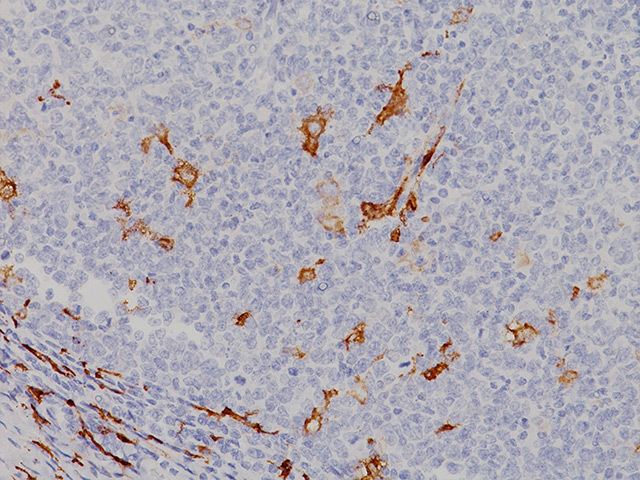Entrez 9332 | Ensembl ENSG00000177575 | |
 | ||
Aliases CD163, M130, MM130, SCARI1, CD163 molecule External IDs MGI: 2135946 HomoloGene: 128811 GeneCards: CD163 | ||
Mazda6 sportcombi 2 2 cd163 speed industry test video 2
CD163 (Cluster of Differentiation 163) is a protein that in humans is encoded by the CD163 gene. CD163 is the high affinity scavenger receptor for the hemoglobin-haptoglobin complex and in the absence of haptoglobin - with lower affinity - for hemoglobin alone. It has also been shown to mark cells of monocyte/macrophage lineage.
Contents
- Mazda6 sportcombi 2 2 cd163 speed industry test video 2
- Structure
- Clinical significance
- Animal studies
- Interactions
- References
The receptor was discovered in 1987.
Structure
The molecular size is 130 kDa. The receptor belongs to the scavenger receptor cysteine rich family type B and consists of an 1048 amino acid residues extracellular domain, a single transmembrane segment and a cytoplasmic tail with several splice variants.
Clinical significance
A soluble form of the receptor exists in plasma, commonly denoted sCD163. It is generated by ectodomain shedding of the membrane bound receptor. sCD163 is upregulated in a large range of inflammatory diseases including liver cirrhosis, type 2 diabetes, macrophage activation syndrome, Gaucher's disease, sepsis, HIV infection, rheumatoid arthritis and Hodgkin Lymphoma.
Animal studies
Pigs with a section of the CD163 gene removed showed complete resistance to the virus that causes Porcine Reproductive and Respiratory Syndrome.
Interactions
CD163 has been shown to interact with CSNK2B.
